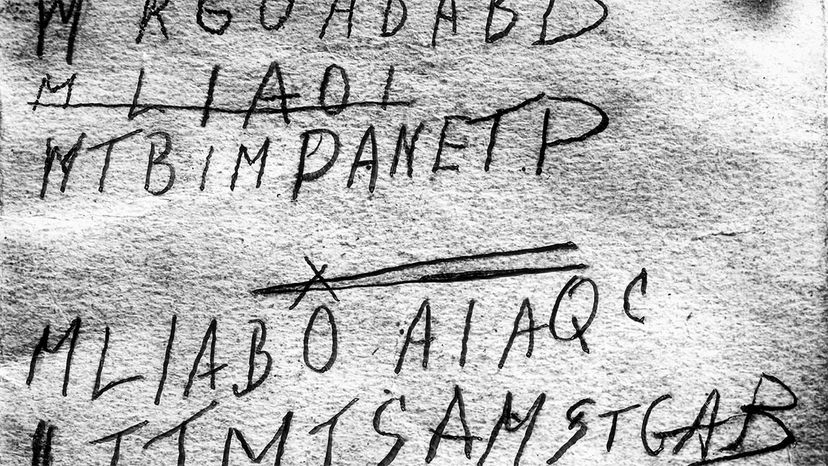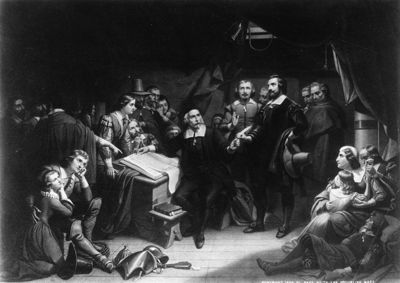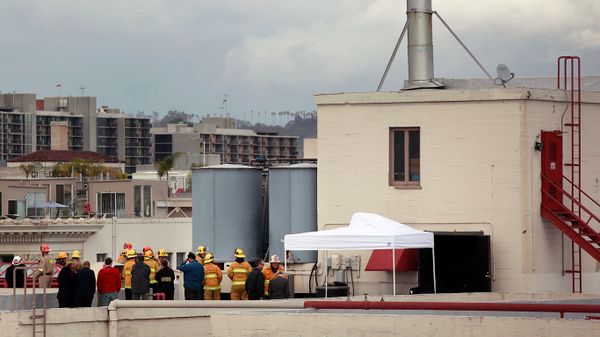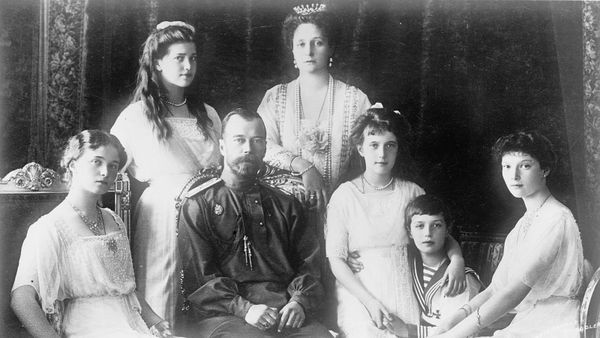
In December 1948, the body of an unknown man was found dead on Somerton Beach in Adelaide, Australia. Did he commit suicide on the beach, maybe because of a broken heart? Or was he a spy, killed during the course of his work? He was never identified, and the few clues unearthed left investigators scratching their heads. Until now, that is.
Researchers Derek Abbott, a professor at the University of Adelaide, and American genealogist Colleen Fitzpatrick, president of Identifinders International, say they have finally put a name to the so-called Somerton Man, tentatively solving a mystery that has baffled investigators for 73 years.
Advertisement
Thanks to recent advances in technology that allow for the extraction of DNA from rootless hair, Abbott was able to analyze hairs from a death mask of the corpse taken in 1948, according to The New York Times.
DNA was succesfully extracted from the hair in 2012 and 2018 by the University of Adelaide and, with the help of a California company, Astrea Forensics, Abbott and Fitzpatrick were finally able to use it to begin a real search.
Using GEDmatch, they were able to find a distant cousin on the mystery man's paternal side. They then set to work building a family tree of more than 4,000 people and eventually traced the man through his mother’s side to find a living relative and formulate a match.
Their conclusion? The man found on the beach on Dec. 1, 1948, according to The Guardian, was Carl “Charles” Webb, a 43-year-old electrical engineer from Melbourne.
Of course, there is still the matter of a positive identification from law enforcement before the case can be officially closed. And, needless to say, a lot of questions still to be answered, such as how he ended up dead on Somerton Beach and, most importantly of all, what caused his death.
Police in South Australia, who exhumed the man’s body last year for testing, have not verified the identity and are not yet ready to give an update on their investigation, according to The Washington Post.
“We’re just saying this is what the DNA tells us,” Abbott told The New York Times. “It’s up to the cops to make the legal determination of who this guy was.”
Advertisement



